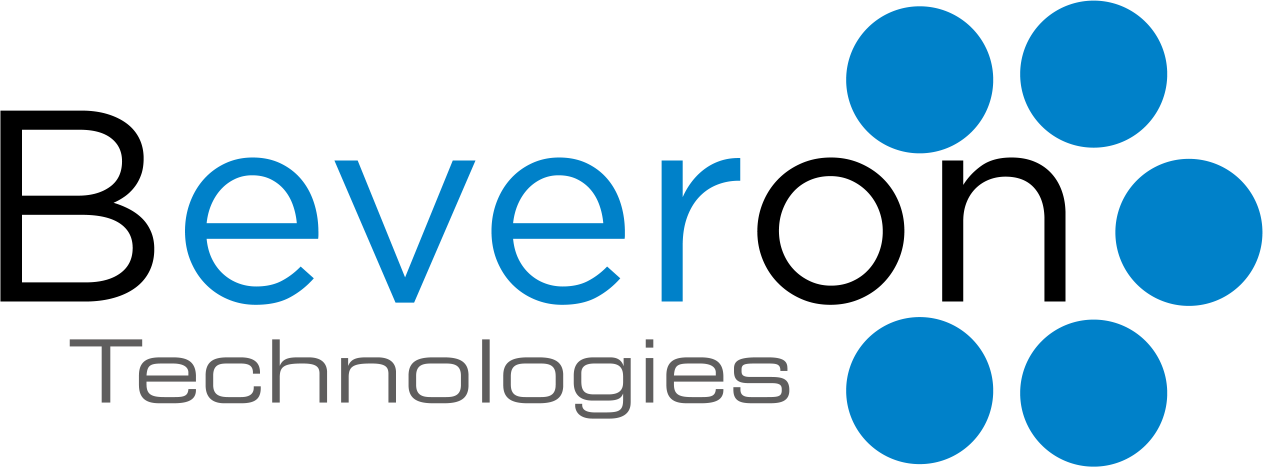

This blog outlines the essential best practices in-house legal teams should follow to maximize effic...

This expert insights blog explores why cloud-based legal software is becoming essential for in-house...

This blog explores best practices that help corporate legal teams in Sudan maximize efficiency, comp...

As law firms and in-house legal departments continue to embrace digital transformation, legal workflow automation has emerged as a game-changer in boosting efficiency and reducing operational bottlenecks. However, implementing these solutions isn't without challenges. In 2025, avoiding common automation mistakes will be key to achieving success. Here's a closer look at what to watch out for—and how to do it right.
One of the most common mistakes is diving into automation without mapping out existing workflows first.
Why this matters:
Leads to automating inefficient or redundant tasks
Creates confusion among teams
Reduces the overall impact of automation tools
What to do instead:
Analyze and document your current legal processes
Identify pain points and repetitive tasks
Set clear goals for automation (e.g., reduce approval times, enhance compliance tracking)
Not all legal automation tools are created equal. Picking a solution that doesn't align with your needs can lead to poor adoption and wasted resources.
Mistakes to avoid:
Selecting general workflow tools not tailored for legal use
Ignoring local compliance or language needs
Focusing only on price over long-term functionality
What to do instead:
Choose legal-specific software with robust features
Ensure the platform supports your jurisdiction’s compliance regulations
Opt for scalability to support future growth
Even the most powerful software can fall flat if your team doesn’t know how to use it.
Common issues:
Resistance to change from legal staff
Low adoption due to lack of training
Misuse of features leading to errors or inefficiencies
Best practices:
Offer hands-on training sessions
Assign internal champions to support onboarding
Encourage feedback and continuous learning
Automation tools should work with your current technology stack—not against it.
Mistakes firms make:
Using standalone tools that don’t sync with document or case management systems
Manually transferring data between platforms
Losing time due to incompatible formats or duplicate entries
Solution:
Choose software that offers seamless integrations with email, document storage, billing, and other legal tools
Prioritize platforms with open APIs and support for popular legal tech tools
With increased digitization comes greater responsibility for protecting client and case data.
Risks involved:
Data breaches or unauthorized access
Non-compliance with regional privacy laws
Loss of client trust
Protective steps:
Use software with end-to-end encryption and role-based access controls
Ensure the platform adheres to local and international data protection standards
Regularly update security protocols and conduct audits
Legal professionals in Egypt face a unique mix of regulatory requirements and client expectations. Smart Legal Counsel Software by Beveron Technologies is designed specifically to meet these needs.
Supports Arabic and English interfaces for wider accessibility
Streamlines legal operations, contract review, approvals, and compliance workflows
Ensures secure and centralized access to legal documents and task tracking
Avoiding these common mistakes is key to unlocking the full potential of legal workflow automation in 2025. By choosing the right tools and implementing them with care, legal teams can drastically improve their productivity and service delivery.
Visit www.beveron.com and schedule your free demo of Smart Legal Counsel Software today. Empower your legal department with the tools it needs to thrive in a digital-first world.
Best legal workflow automation in Egypt
Best inhouse legal counsel software in Egypt
Best software for legal professionals in Egypt
If you need free demo on best legal workflow automation in Egypt, please fill the form below.